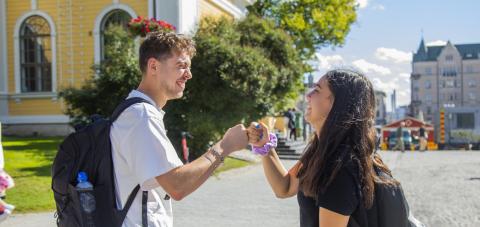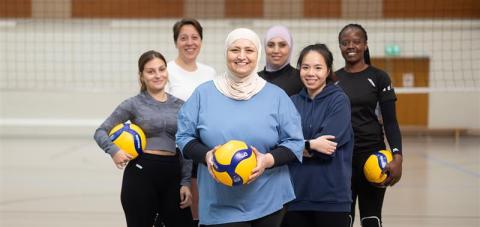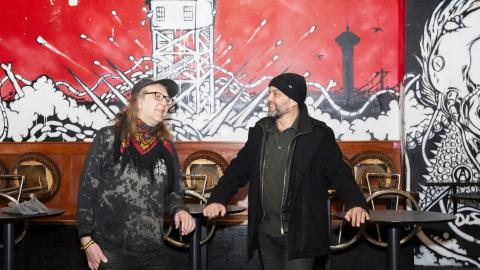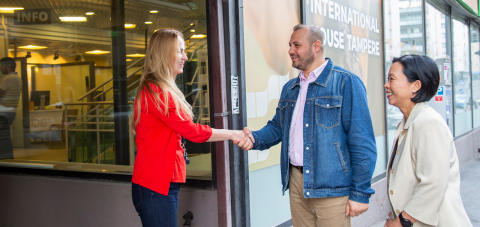Frontpage
Shortcuts to the most popular services
Topics
Changes in the service hours and public transport services
Christmas, New Year and Epiphany bring changes to service hours and public transport services. See the changes in our Christmas season memo.
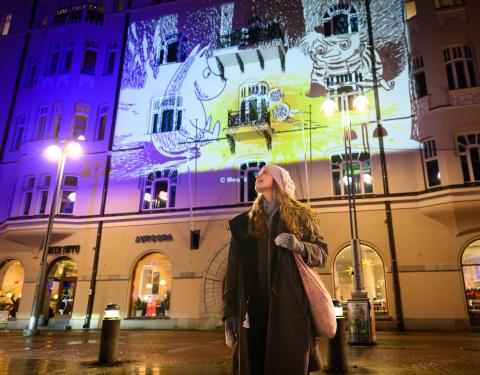
News
-
What was Tampere's cultural deed of 2025? Nominate your favourite for the award
| News itemIt is time to nominate an act that has enriched cultural life in Tampere during 2025 for the Cultural Deed of the Year Award. Anyone can nominate a cultural act worthy of the award until 11 January 2026 by filling in the online form. -
Culture House Laikku’s 2026 exhibitions present intriguing interdisciplinary encounters
| News item -
Outdoor recreation service program: Tampere aims to become Finland’s hiking capital
| News item -
The Kaukajärvi and Annala neighbourhood programme is coming to an end, but long-term development in the area continues
| News item -
The Christmas Market receives praise from visitors – The festive atmosphere continues until Christmas Eve
| News item -
Employment Strategy for the Tampere Region and its designated employment area is published
| News item -
Discover the stories of Tampere’s Old City Hall on a guided tour
| News item
Subscribe to our newsletter
Stay up to date with current topics in the City of Tampere – subscribe to our newsletter! The newsletter contains the week's news and articles from our English website.

Looking for information by region or in a particular life situation?
Take part and make a difference in your city
Tampere - The City of Action
Tampere aims to lead the way as an equal, inclusive, sustainably growing, and vibrant city, now and in the future. The city of the future is made together, and every resident has the power to act. In Tampere everyone can be themselves.
The banks of Tammerkoski Rapids have always been a meeting point for competence, expertise and new ideas. Our growing and international city of action builds sustainable future with this know-how.

Events
See here for the nearest upcoming events. Events are available in the Tampere events calendar at tapahtumat.tampere.fi. Go to the events calendar to see all upcoming events and filter them in different ways. The City of Tampere is not responsible for events organised by other event organisers.
Loading events
Main photo of the page: Marko Kallio / Skyfox

